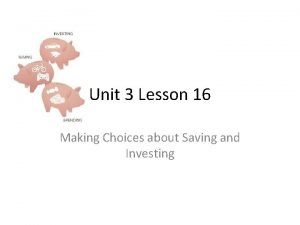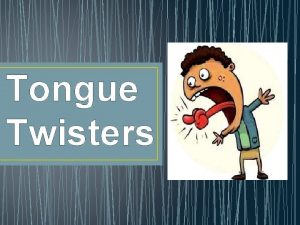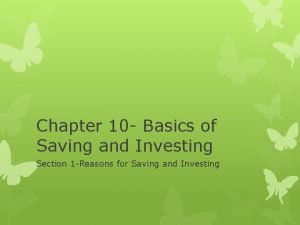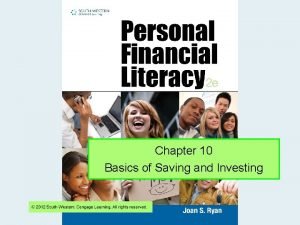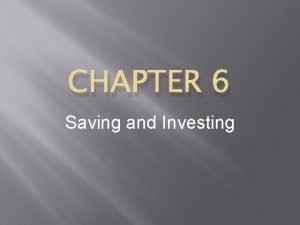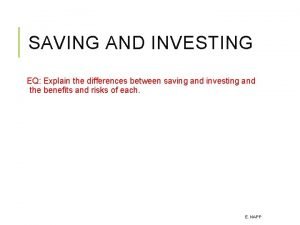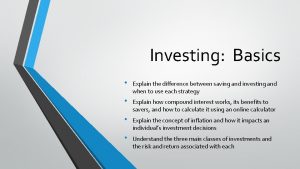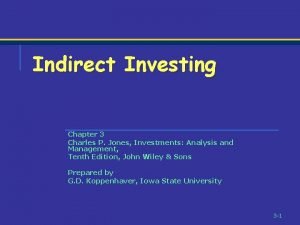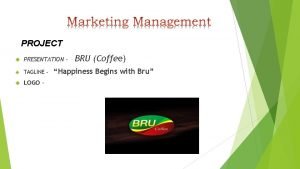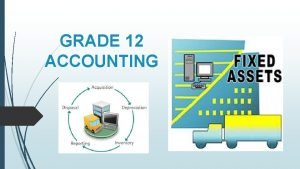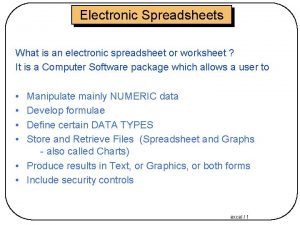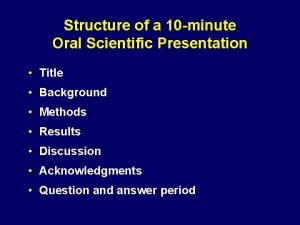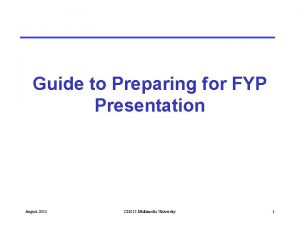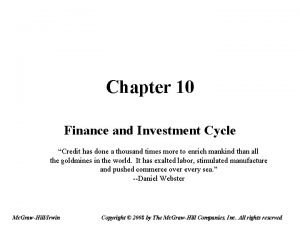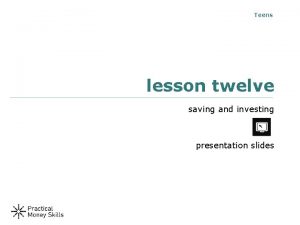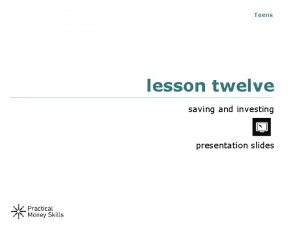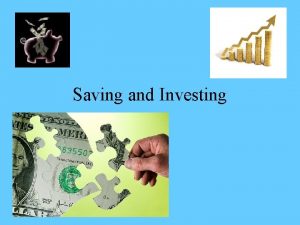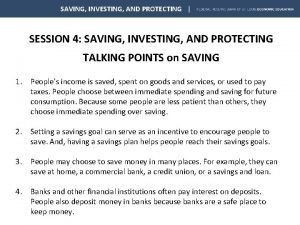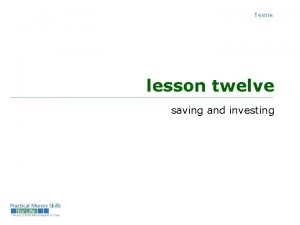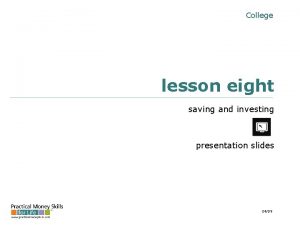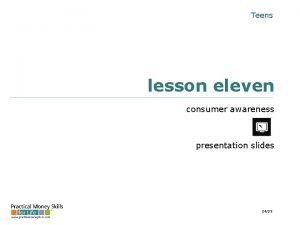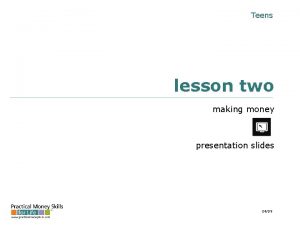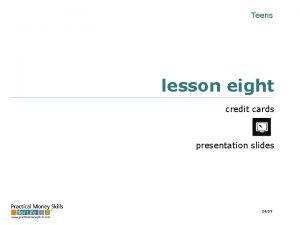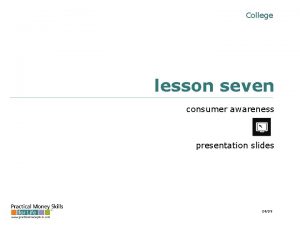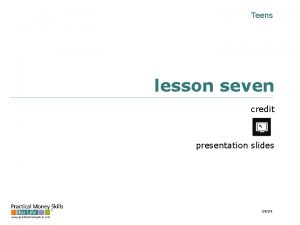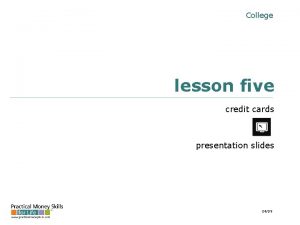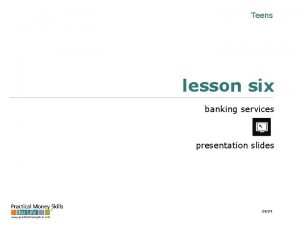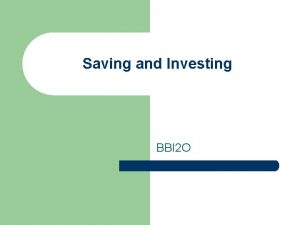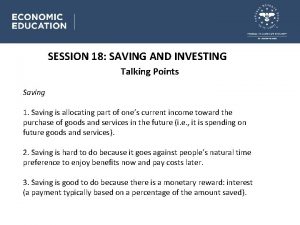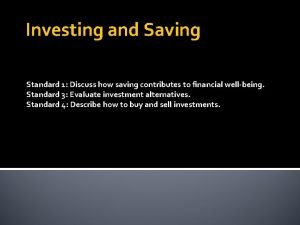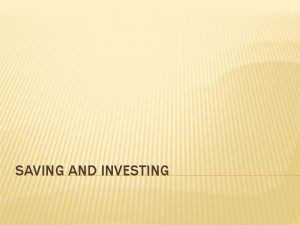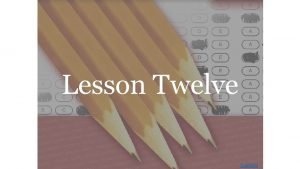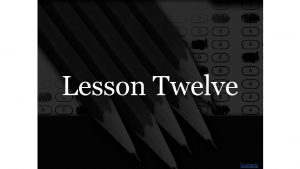lesson twelve saving and investing presentation slides 0409

























- Slides: 25

lesson twelve saving and investing presentation slides 04/09

pay yourself first (a little can add up) • A little can add up! • • • Save this each week … at % interest … in 10 years you’ll have $7. 00 5% $4, 720 14. 00 5% $9, 440 21. 00 5% $14, 160 28. 00 5% $18, 880 35. 00 5% $23, 600 • You can buy … one fast food meal or save $7. 00 this week. • You can buy … one movie ticket or save $14. 00 this week. • What can you give up to save for your financial goals? teens – lesson 12 - slide 12 -A

What is Investing? • Purchase of assets with the goal of increasing future income • Focuses on wealth accumulation • Appropriate for long-term goals

Stocks, Bonds & Mutual Funds What factors determine the degree of risk investors take? • Age • Risk tolerance • Investment goals

Stocks, Bonds & Mutual Funds Investor Profiles Very Conservative – seeks to maintain the original value of the investments and is prepared to accept lower returns for lower risk. Conservative – seeks relatively stable returns and accepts some risk through a diversified portfolio. Moderate – seeks higher medium-term returns and accepts the possibility of negative returns over short periods. Aggressive – seeks high long-term returns and accepts the higher possibility of sustained negative returns over short periods. Very Aggressive – seeks to maximize long-term returns and accepts the possibility of greater volatility and short-term capital losses.

Future Value • Refers to the amount of money to which an investment will grow over a finite period of time at a given interest rate. • Put another way, future value is the cash value of an investment at a particular time in the future.

Financial Planning Pyramid Highest Risk Highest Earnings Commodities Penny Stock Speculative Collectibles Stock / Bonds /Mutual Funds Blue-Chip Growth Real Common Mutual Estate Stock Funds Balanced Mutual Funds Money Market Accounts or Mutual Funds Insured Savings / Checking Accounts High-Grade Preferred Stock High-Grade Municipal Bonds or Mutual Funds U. S. Savings Bonds High-Grade Convertible Bonds Lower Risk Lower Earnings High-Grade Corporate Bonds or Mutual Funds Certificates of Deposit Treasury Issues

Rule of 72 72 Interest Rate 72 Years Needed to Double Investment = = Years Needed to Double Investment Interest Rate Required

how simple and compound interest are calculated simple interest calculation • Dollar Amount x Interest rate x Length of Time (in years) = Amount Earned example – If you had $100 in a savings account that paid 6% simple interest, during the first year you would earn $6 in interest. $100 x 0. 06 x 1 = $6 – At the end of two years you would have earned $12. – The account would continue to grow at a rate of $6 per year, despite the accumulated interest. compound interest calculation • Interest is paid on original amount of deposit, plus any interest earned. (Original $ Amount + Earned Interest) x Interest Rate x Length of Time = Amount Earned example • If you had $100 in a savings account that paid 6% interest compounded annually, the first year you would earn $6. 00 in interest. $100 x 0. 06 x 1 = $6 $100 + $6 = $106 • With compound interest, the second year you would earn $6. 36 in interest. • The calculation the second year would look like this: $106 x 0. 06 x 1 = $6. 36 $106 + 6. 36 = $112. 36 teens – lesson 12 - slide 12 -E

money-market deposit accounts what they are and how they work • Checking/savings account. • Interest rate paid built on a complex structure that varies with size of balance and current level of market interest rates. • Can access your money from an ATM, a teller, or by writing up to three checks a month. benefits • Immediate access to your money. trade-offs • Usually requires a minimum balance of $1, 000 to $2, 500. • Limited number of checks can be written each month. • Average yield (rate of return) higher than regular savings accounts. teens – lesson 12 - slide 12 -C

certificates of deposit (CDs) what they are and how they work • Bank pays a fixed amount of interest for a fixed amount of money during a fixed amount of time. benefits • No risk • Simple • No fees • Offers higher interest rates than savings accounts. trade-offs • Restricted access to your money • Withdrawal penalty if cashed before expiration date (penalty might be higher than the interest earned) teens – lesson 12 - slide 12 -D

bonds what they are • A bond is an “IOU” between you and the government/organization. how they work • Buyer may purchase bond at a discount. The bond has a fixed interest rate for a fixed period of time. types Corporate • Sold by private companies to raise money. • If company goes bankrupt, bondholders have first claim to the assets, before stockholders. Municipal • Issued by any non-federal government. • Interest paid comes from taxes or from revenues from special projects. Federal government • The safest investment you can make. Obligated to pay bonds no matter what happens. teens – lesson 12 - slide 12 -I

mutual funds what they are • Professionally managed portfolios made up of stocks, bonds, and other investments. how they work • Individuals buy shares, and fund uses money to purchase stocks, bonds, and other investments. • Profits returned to shareholders monthly, quarterly, or semi-annually advantages • Allows “every day” investors like me to diversify my money and not have to manage it. types of mutual funds Balanced Fund includes a variety of stocks and bonds. Global Bond Fund has corporate bonds of companies from around the world. Global Stock Fund has stocks from companies in many parts of the world. Growth Fund emphasizes companies that are expected to increase in value; also has higher risk. Income Fund features stocks and bonds with high dividends and interest. Industry Fund invests in stocks of companies in a single industry (such as technology, health care, banking). Municipal Bond Fund features debt instruments of state and local governments. Regional Stock Fund involves stocks of companies from one geographic region of the world (such as Asia or Latin America). teens – lesson 12 - slide 12 -J

stocks what they are • Stock represents ownership of a corporation. Stockholders own a share of the company and are entitled to a share of the profits as well as a vote in how the company is run. how earnings are made • Company profits may be divided among shareholders in the form of dividends. Dividends are usually paid quarterly. • Larger profits can be made through an increase in the value of the stock on the open market. advantages • If the market value goes up, the gain can be considerable. • Money is easily accessible. disadvantages • If market value goes down, the loss can be considerable. • Selecting and managing stock often requires study and the help of a good brokerage firm. teens – lesson 12 - slide 12 -K

real estate ways to invest • Buy a house, live in it, and sell it later at a profit. • Buy income property (such as an apartment house or a commercial building) and rent it. • Buy land hold it until it rises in value. advantages • Excellent protection against inflation. disadvantages • Can be difficult to convert into cash. • A specialized type of investment requiring study and knowledge of business. teens – lesson 12 - slide 12 -L

Stocks, Bonds & Mutual Funds What are collectibles? Collectibles are items which have value due to its rarity and desirability, such as antiques, coins, cars, and art. Collectibles are long-term investments.

Stocks, Bonds & Mutual Funds What are precious metals? Precious metals are natural metals that have value, such as gold, silver, platinum, and palladium. Precious metals are long-term investments.

retirement plans what they are and how they work • Plans that help individuals set aside money to be used after they retire. • Income tax paid when money is withdrawn. • Income after retirement is usually lower, so tax rate is lower. types Individual Retirement Account (IRA) • Allows a person to contribute up to $5, 000 of pre-tax earnings per year. Contributions can be made in installments or in a lump sum. Roth IRA (also called the IRA Plus) • While the $5, 000 annual contribution to this plan is not tax-deductible, the earnings on the account are tax-free after five years. The funds from the Roth IRA may be withdrawn after age 59, if the account owner is disabled, for educational expenses, or for the purchase of a first home. 401(k) • Allows a person to contribute to a savings plan from his or her pre-tax earnings, reducing the amount of tax that must be paid. Employer matches contributions up to a certain level. teens – lesson 12 - slide 12 -M

Investment Attributes Identify the attributes (qualities) for different investments. Answer the questions for each type of investment. Do you need a minimum amount of money to start/buy it? Can you get initial money back? Does it pay interest? Can someone steal it? Is it professionally managed? Is it easy to access the money? Best for Long-Term or Short-Term Goals? Piggy Bank Savings Account Individual Bonds Mutual Funds Individual Stocks Real Estate Collectibles Precious Metals

Investment Attributes Identify the attributes (qualities) for different investments. Answer the questions for each type of investment. Piggy Bank Savings Account Individual Bonds Mutual Funds Individual Stocks Real Estate Collectibles Precious Metals No Maybe Yes Yes No Yes Yes Maybe Maybe Does it pay interest? No Yes Maybe No No No Can someone steal it? Yes No No No Yes Maybe Is it professionally managed? No Yes Yes Maybe No No No Is it easy to access the money? Yes No Yes Maybe Best for Long-Term or Short-Term Goals? Short Long Long Do you need a minimum amount of money to start/buy it? Can you get initial money back?

Stocks, Bonds & Mutual Funds Uma will be retiring in five years. She needs a low-risk place to put her money that will earn interest. Where might she invest? Why? Bonds would be a good place for her retirement monies. They are typically low-risk and still pay interest.

Stocks, Bonds & Mutual Funds Skip will be retiring in 38 years. He has an emergency fund that could support him for nine months if something were to happen. Skip wants his money to work for him and he is not scared of market fluctuations. Where might he invest? Why? Stocks and/or mutual funds would be good options. Typically, stocks and mutual funds perform well over time and outperform other investments.

Stocks, Bonds & Mutual Funds Imogene needs to start an emergency fund. Where might she invest? Why? A savings account in a bank would be a good option for her. It is a low-risk investment, easily accessible and it earns interest.

Stocks, Bonds & Mutual Funds Anne is saving for a new car. She wants to buy the car in three years. Where might she invest? Why? A savings account in a bank would be a good option for her. She would earn interest, and it is a low-risk investment.

Stocks, Bonds & Mutual Funds There are different types of investments and all have different ROI. The greater the risk on an investment, the greater the possibility of high returns and also negative returns. The type of investment should align with your investment profile.
 Lesson twelve saving and investing
Lesson twelve saving and investing Guided reading activity 6 1 why save economics answers
Guided reading activity 6 1 why save economics answers Funny tongue twisters for adults
Funny tongue twisters for adults Chapter 10 basics of saving and investing
Chapter 10 basics of saving and investing Holding a variety of investments to reduce risk
Holding a variety of investments to reduce risk Chapter 6 saving and investing
Chapter 6 saving and investing Similarities between saving and investing
Similarities between saving and investing Explain the difference between saving and investing
Explain the difference between saving and investing Direct investing vs indirect investing
Direct investing vs indirect investing A small child slides down the four frictionless slides
A small child slides down the four frictionless slides Ball a has half the mass and eight times
Ball a has half the mass and eight times Bru coffee mission
Bru coffee mission Hakkel yakin
Hakkel yakin Final year project presentation
Final year project presentation Final year project introduction example
Final year project introduction example What is cloud computing presentation
What is cloud computing presentation Fixed assets note
Fixed assets note What is the electronic spreadsheet
What is the electronic spreadsheet Final year project presentation template
Final year project presentation template Thank you images for presentation slides
Thank you images for presentation slides How many slides for a 10 minute presentation
How many slides for a 10 minute presentation Fyp presentation slides example
Fyp presentation slides example Alteryx presentation slides
Alteryx presentation slides Jembatan lantai atas
Jembatan lantai atas Prism with 2 hexagonal faces and 6 rectangular faces
Prism with 2 hexagonal faces and 6 rectangular faces Financing and investing cycle
Financing and investing cycle

